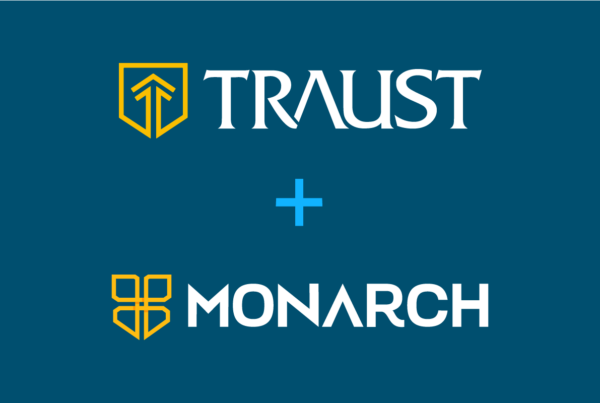At Traust, our professional services firm’s success in business and IT consulting has been the result of the collective effort of many people and events. One of the most important elements of our success — in professional services, manufacturing, non-profit management, and every other organization I’ve had the privilege to be involved with — has been an ongoing dedication to building leaders. This process is a journey, not a destination.
As a leader and hands-on contributor, it is my role and mission to encourage and enable our team on this journey. Over the years, we have developed a key set of insights and principles — both through our experience at Traust and in what we observe and learn from other organizations and leaders.
I believe there are six elements to continually shape and hone our team of leaders.
- Define what leadership means to our organization.
- Share leadership with others on our team.
- Built trust through communication.
- Coach and mentor to build expertise.
- Navigate the sweet spot of mastery and autonomy.
- Celebrate successes.
Building IT Consulting Leaders at Traust
For our business and IT consulting organization, it starts by defining leadership. We build leadership muscle through keeping this simple definition of Leadership in mind in our interactions and our meetings.
Leadership [lee-der-ship] (dictionary.com)
Noun
- an act or instance of leading; guidance, direction
- ability to lead
- the position or function of a leader
- the leader(s) of a group
We share leadership. This is fundamental to building a team of leaders. We work with each team member to ensure they firmly understand their role and how it fits into our organization’s vision and ultimate success. Then we purposely share assignments that create both opportunities and challenges to have others involved in leading as an avenue for personal growth and to build confidence.
We build trust through healthy dialogue and constructive feedback. As we work on, meet, and discuss our challenges and opportunities, it is important the we recognize it’s ok to engage in healthy conflict. It helps us recognize how learning to deal with conflict can propel the team and the organization when done in a constructive and open environment. Through this, the team and our leaders build trust in each other.
We coach and mentor with and for each other — and at times with help from outside partners. This allows us to mature our thinking and interacting with each other by realizing the power of what we are learning from each other.
We strive for both mastery and autonomy. As with any journey, ours is going to have it bumps. It is important that we all work with each other to realize that as tasks or projects are assigned to new members or leaders that sometimes we have not developed the skills yet. You, me, and we may be novices, not masters at something we work to complete. Sometimes we need to pause and step back in order to step forward.
We need to understand and help each other to evaluate each project, task, and duty through the lens of two questions:
- Mastery: Does the person/team have the necessary skills to carry out the task?
- Autonomy: Can this person/team work on their own without being constantly supervised?
Based on the answers to the above questions, a leader, or leadership team, can gauge what to assign and how often to check in. We need to set the practice of discussing this with the team or person ahead of time as its helps to set expectations.
Throughout our journey and the process of our work, we find ways to celebrate success. In some cases, these are simple things like when someone on a newly formed team is assigned and completes a task/project that had previously been done by someone else. In other cases, success is more complex — like securing a new client with minimal assistance when others who are usually involved step back.
It takes the ability to be vulnerable and a willingness to learn to cultivate personal and team growth and continue to build our successful IT consulting business — together.





